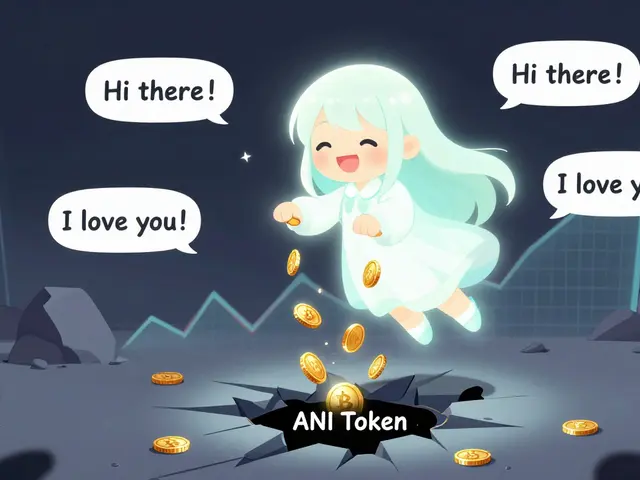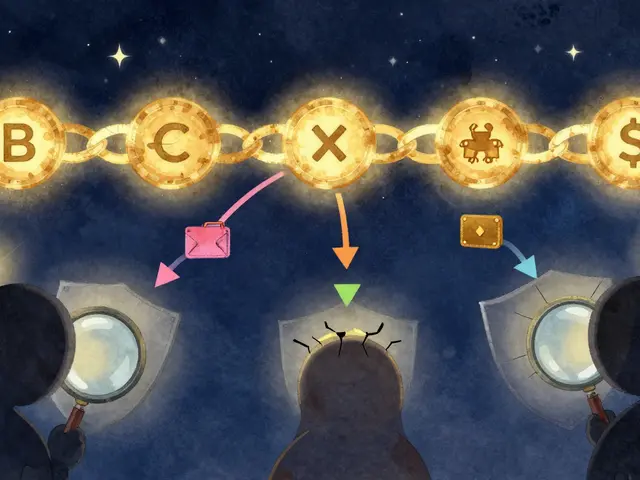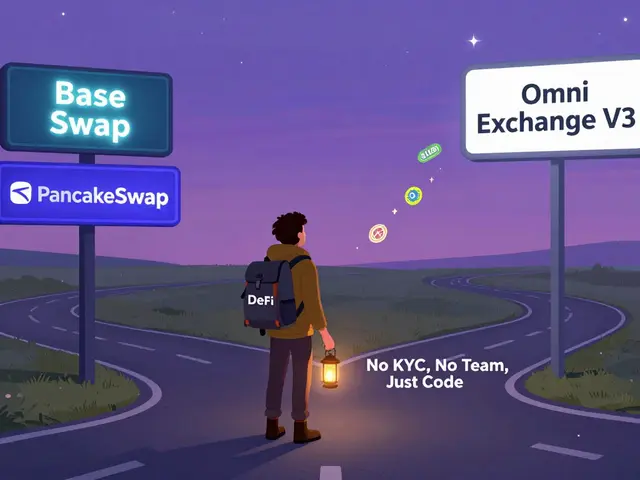Ethereum DEX
When working with Ethereum DEX, a decentralized exchange built on the Ethereum blockchain that lets users trade tokens without a central broker. Also known as Ethereum‑based DEX, it relies on smart contracts to automate swaps and manage liquidity. The Ethereum DEX model removes custody risk, lowers fees, and opens trading to anyone with a web3 wallet. In practice, the platform matches buy and sell orders directly on‑chain, so the exchange never holds user funds. This core idea leads to three obvious relationships: Ethereum DEX enables token swaps without intermediaries, Liquidity pools power Ethereum DEX by supplying the assets needed for trades, and Smart contracts govern Ethereum DEX operations, ensuring transparency. Understanding these links helps you see why the ecosystem has exploded over the past few years.
Key Components of an Ethereum DEX
In the broader crypto world, a decentralized exchange (DEX) is any platform that matches buyers and sellers on‑chain, removing the need for a trusted middleman. The most common DEX design on Ethereum uses liquidity pools—collections of token pairs that participants deposit to earn a share of trading fees. Each pool follows a constant‑product formula (x · y = k), which guarantees that any trade can be executed as long as the pool has enough depth. This formula is the math behind the trade‑execution engine, and it directly influences slippage and price impact. Smart contracts sit at the heart of the whole system. A smart contract on Ethereum is a self‑executing piece of code that enforces the pool’s rules, settles trades, and distributes fees. Because the code lives on a public blockchain, anyone can audit it, and any change requires community governance or a fork. This transparency makes it easier to trust the platform, even though you never meet its developers in person. Many Ethereum DEXs also add extra layers like on‑chain order books or layer‑2 scaling solutions to improve speed and lower gas costs. Beyond the tech, real‑world users care about security, token listings, and community support. Projects that integrate with popular wallets (MetaMask, Trust Wallet) see higher adoption because users can connect with a single click. Meanwhile, token teams often launch liquidity‑mining campaigns to bootstrap pools, offering extra rewards in native tokens. These incentives tie together the three core entities: the DEX provides the market, the liquidity pool supplies the capital, and the smart contract guarantees fair play.
All that groundwork sets the stage for the articles you’ll find below. Whether you’re hunting a new airdrop, comparing DEX fee structures, or learning how to add your own token to a pool, the posts in this collection dive deep into each of these components. You’ll get step‑by‑step guides, risk assessments, and the latest news on Ethereum‑based trading platforms—everything you need to navigate the fast‑moving world of decentralized finance.
Uniswap V4 Review: Ethereum DEX Features, Gas Savings & BSC Misconception
Discover why Uniswap V4 runs only on Ethereum, its gas‑saving innovations, hook customization, and how it stacks up against PancakeSwap V4 on BSC.





